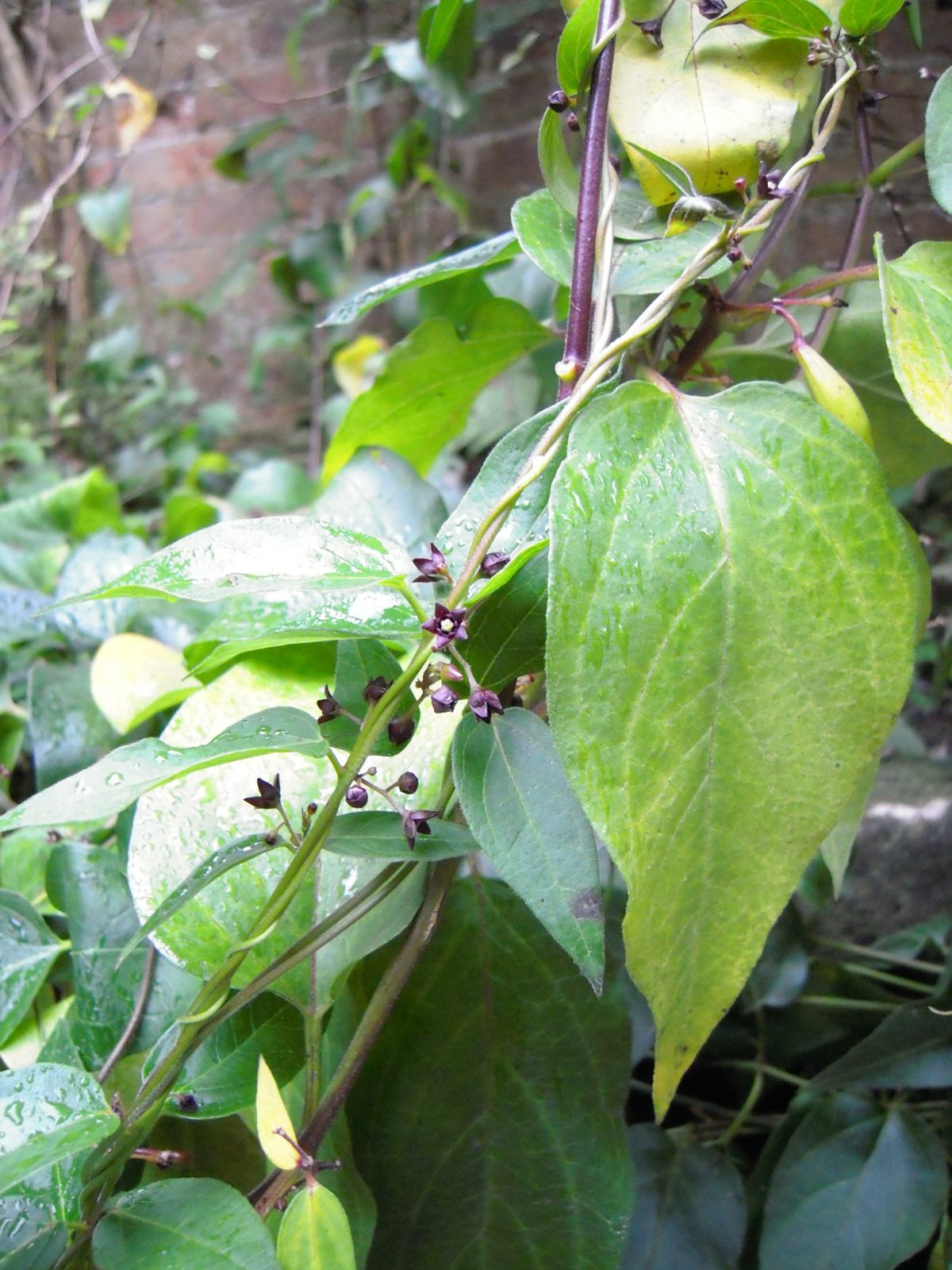Periploca laevigata
Credits
Article from Bean's Trees and Shrubs Hardy in the British Isles
Recommended citation
'Periploca laevigata' from the website Trees and Shrubs Online (treesandshrubsonline.
Genus
An evergreen shrub with lax, mostly non-twining stems; young shoots glabrous. Leaves leathery, densely arranged, mostly elliptic, 1 to 2 in. long, 3⁄16 to 5⁄8 in. wide, bright green above, paler beneath, glabrous on both sides, tapered at the base to a short, stout petiole. Inflorescence terminal and lateral, about 1 in. to almost 3 in. long, with up to fifteen flowers. Corollas about 1⁄2 in. across, lobes violet or brownish violet on the inside, linear. Follicles horizontal, or spreading at a very wide angle, 3 to 4 in. long, tapered evenly from the base to an acute apex.
Native of the Canary Islands; described in Aiton’s Hortus Kewensis (1789), from a plant introduced by Francis Masson.
P angustifolia Labill.
Synonyms
P. laevigata var. angustifolia (Labill.) Fiori
P. laevigata subsp. angustifolia (Labill.) Markgraf


